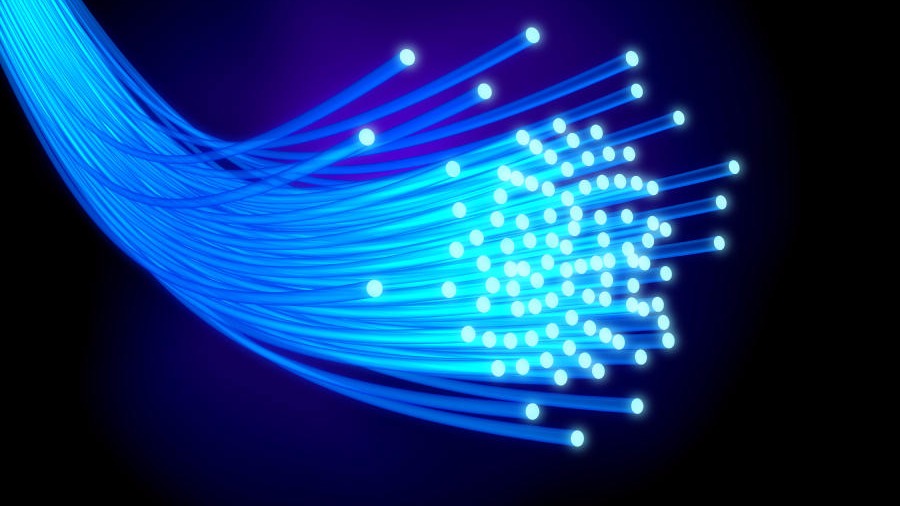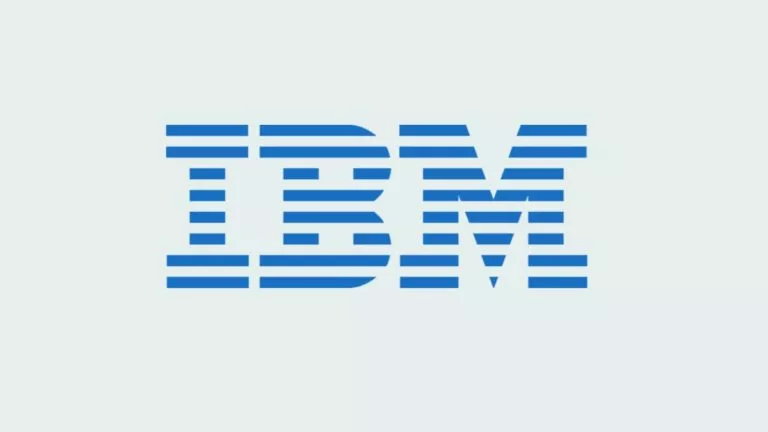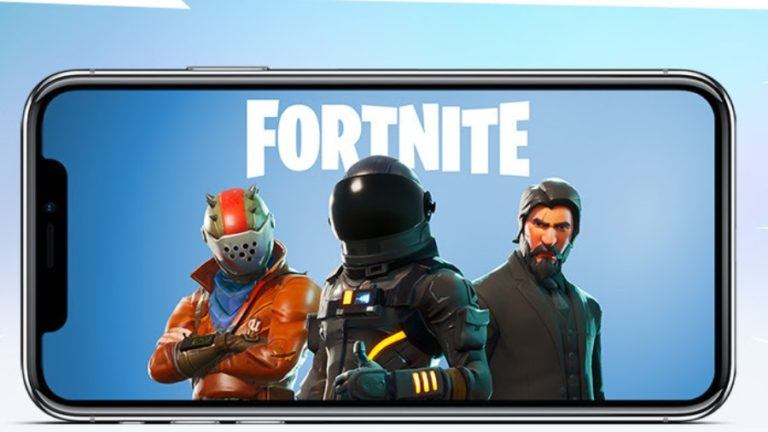‘Twisted’ Light Can Make Wireless Internet Faster Than Fiber

Researchers at the University of Glasgow have found a way to remove the cables from the picture altogether. For wireless transmission of data using a light beam, they can ‘twist’ photons to stuff more data and also withstand atmospheric hurdles such as air turbulence.
Also Read: IBM’s First “In-Memory Computing” Architecture Will Speed Up Computers By 200 Times
The twisting of photons (changing their optical angular momentum in scientific terms) is done by passing them through a special hologram. This also allows photos to carry additional data other than 0s and 1s which would help in the creation of higher-bandwidth communication modes.
But sending twisted light through open spaces isn’t as easy as it sounds. The researchers have tested their tech over a 1.6-km long free-space link in Germany where the light beam had to pass above fields and near high-rise buildings. And it can be assumed that the light beam could withstand real-life urban environments if the phase and intensity are accurate, making long-distance data transfer easier and cheaper.
Optical angular momentum-based implementations have been done for cables in the past. But there are challenges involved to make this wireless technology a reality, including weather like snow or rain. The successful transmission of the light is a complex and essential concern here.
And it would also be very difficult to transmit light in homes. So, using it as a last-mile solution in networks would be a good move; it could reduce the need of running wires throughout cities and towns.
The research titled, “Free-space propagation of high dimensional structured optical fields in an urban environment,” has been published in the Science Journal.
Source: Glasgow University via Engadget


![Is Google Down? How To Check Google Services Status [Gmail, YouTube, Search]](https://fossbytes.com/wp-content/uploads/2020/12/Is-768x432.png)



